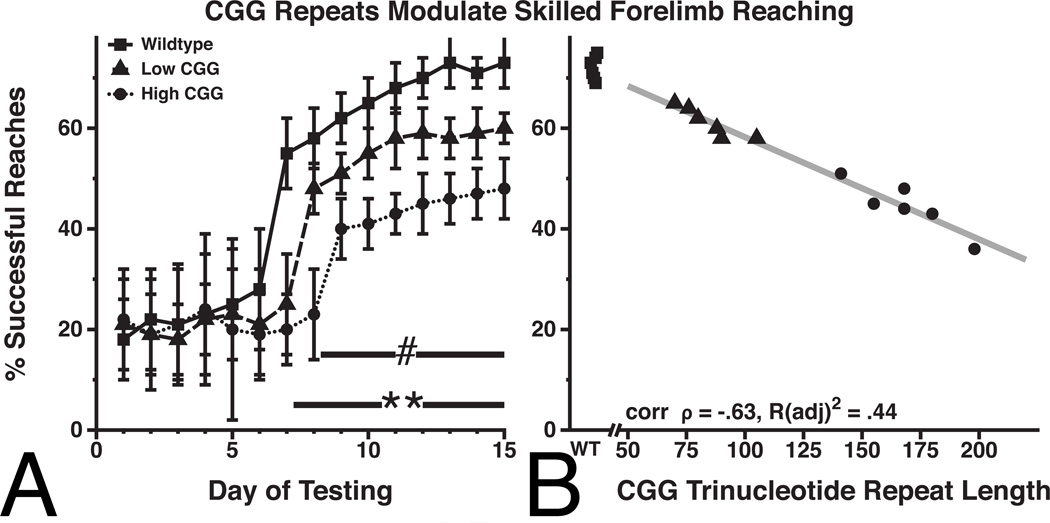Figure 1. CGG repeat length modulates skilled reaching task performance.
A. During the first 6 days of learning, all mice performed similarly. After day 7, CGG KI mice show deficits for skilled forelimb reaching compared to wildtype littermate controls (**). Beginning on day 8, the CGG KI mice with 136–200 CGG repeats (High CGG) are impaired relative to CGG KI mice with 70–116 CGG repeats (Low CGG) (#). ** p<.001, # p<.01.
B. A Pearson’s correlation coefficient was calculated within CGG KI mice performance during days 12–15 demonstrating an inverse linear association between increasing CGG repeat length and asymptotic performance levels of the skilled reaching task (wildtype mice were excluded from the analysis to focus on mice with expanded CGG repeat lengths; corr = −.63, p(adj)=.03; R(adj)2 =.44).

